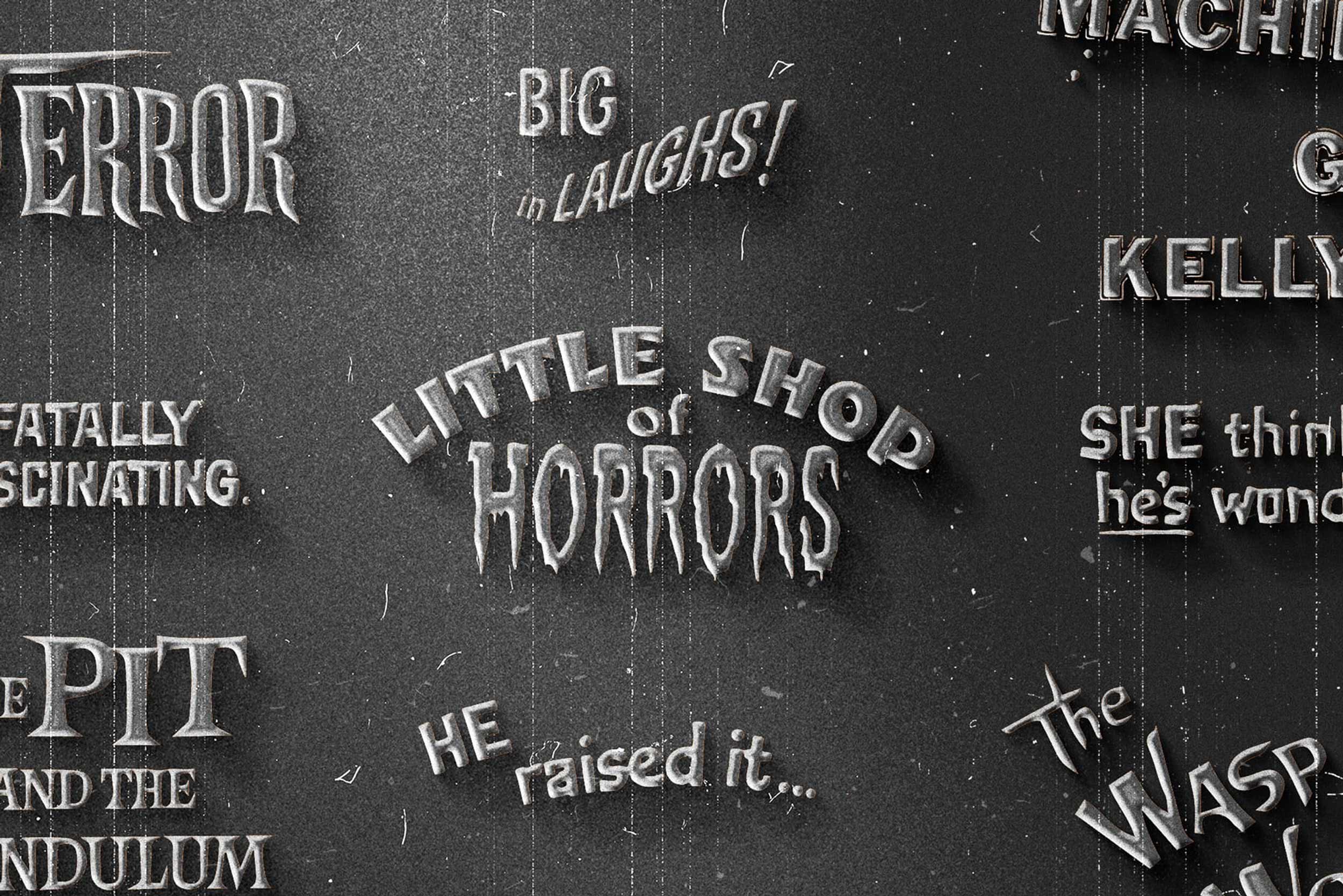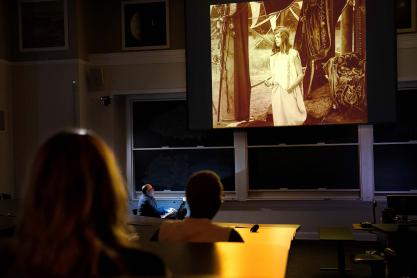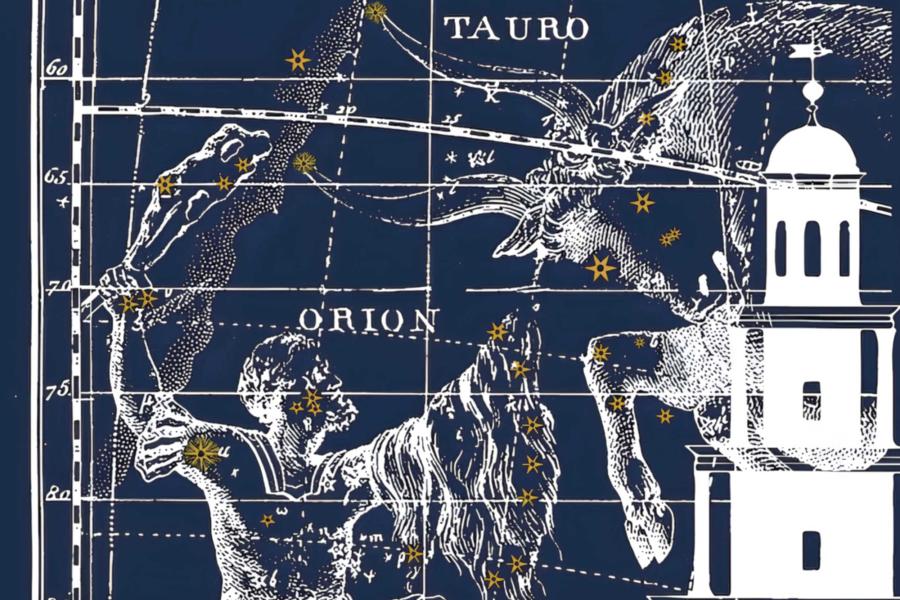Roger Corman, a master of B movies, created films that became cult classics and launched many careers in the film industry. (Illustration by Tobias Wilbur, University Communications)
He was the guy behind some of Hollywood’s titans.
Roger Corman, a maestro of B movies who helped subsequent Hollywood giants develop their skills, died this month at age 98. Corman produced more than 300 films, of which he directed about 50. Many, such as “The Wild Angels,” “The Little Shop of Horrors,” and “The Trip,” became cult classics.
But his greatest legacy may have been the filmmakers he mentored, including Francis Ford Coppola, Peter Bogdanovich, James Cameron and Ron Howard.
UVA Today discussed Corman’s legacy with Sean Duncan, an assistant professor of media studies at the University of Virginia, who is a fan of Corman’s films and incorporated some of them in his courses.
Q. What has been Roger Corman’s contribution to the film industry?
A. Corman’s significance was profound in independent cinema, in particular. He created a model for churning out movies – horror films, drug movies, biker movies – on the cheap in the 1960s and nearly always turning a profit from them. His movies were exploitation films, but I don’t view that as a negative. They were often attempting to exploit movements and interests in popular culture.
It should also be noted that he was instrumental in helping international cinema come to the United States, bringing films by directors such as Ingmar Bergman and Akira Kurosawa to American movie screens.
Q. Who are some of the filmmakers whose careers Corman helped along the way?
A. He created an environment in which a great number of directors and writers got their starts, from Francis Ford Coppola and Peter Bogdanovich in the early years to later directors such as James Cameron and Ron Howard. Some of the key figures in the new American cinema of the 1970s, including Bob Rafelson, Monte Hellman and even actor Jack Nicholson, got their starts with Corman. He helped produce Martin Scorsese’s early film, “Boxcar Bertha,” and writer/director John Sayles worked with Corman for many years, as did writer/director Joe Dante. An impressive set of filmmakers went through his “film school,” as some called it.
Q. What are some notable films Corman produced or directed?
A. In terms of movies he directed, some of my personal favorites are the 1960s Edgar Allan Poe adaptations he did with actor Vincent Price, including “The Pit and the Pendulum,” “The Masque of the Red Death” and “House of Usher.” His early horror/comedies, such as “A Bucket of Blood” and the original, nonmusical “The Little Shop of Horrors,” were notable for how he was able to turn out popular films quickly and on the cheap. Later forays into biker films, such as “The Wild Angels,” or counterculture-focused drug movies such as “The Trip,” were popular.
One of the only real flops he had was “The Intruder,” starring William Shatner, later of “Star Trek” fame. It was also a topical movie, about racial segregation in the South, shot in the early 1960s.
Q. What are the hallmarks of a Roger Corman movie?
A. I’d say they were often cheap, topical and, above all else, entertaining. They were B movies – exploitation films intended to capitalize on the rising youth counterculture of the 1960s.

Sean Duncan, an assistant professor of media studies, is a fan of Corman’s films and incorporated some of them in his courses. (Photo by Matt Riley, University Communications)
Q. How did Corman make movies with almost no budget and no time?
A. He was ruthless about making the most out of his productions, reusing sets and actors when he could. For instance, there was the horror movie “The Terror,” from 1963, in which he convinced actor Boris Karloff to appear for two days of shooting. That film was cobbled together with existing sets – and features a young Jack Nicholson in it. And it was, apparently, ghost-directed by a number of young directors – Coppola, Rafelson and Hellman all apparently had a hand in it.
It was later recycled as the movie-within-a-movie in Peter Bogdanovich’s first feature film, “Targets,” at the end of the decade, which also starred Karloff as an aging horror actor.
Q. Is there anyone filling his role in Hollywood now?
A. Not really. Hollywood is not what it was in the 1960s or even the 1980s. The current economics of Hollywood – theatrical distribution, streaming, etc. – are so different from the world he worked within. I don’t see any way to make a clear analog to anyone working today.
Media Contact
University News Associate Office of University Communications
mkelly@virginia.edu (434) 924-7291
Article Information
August 19, 2025






